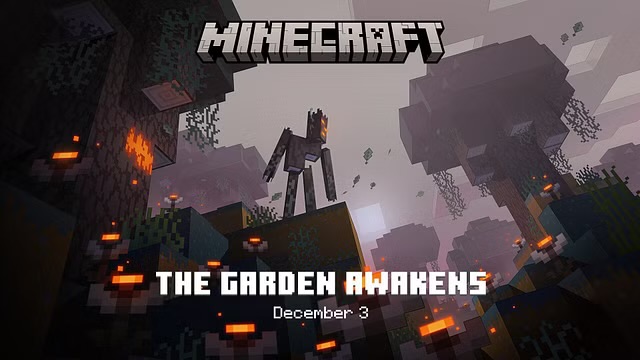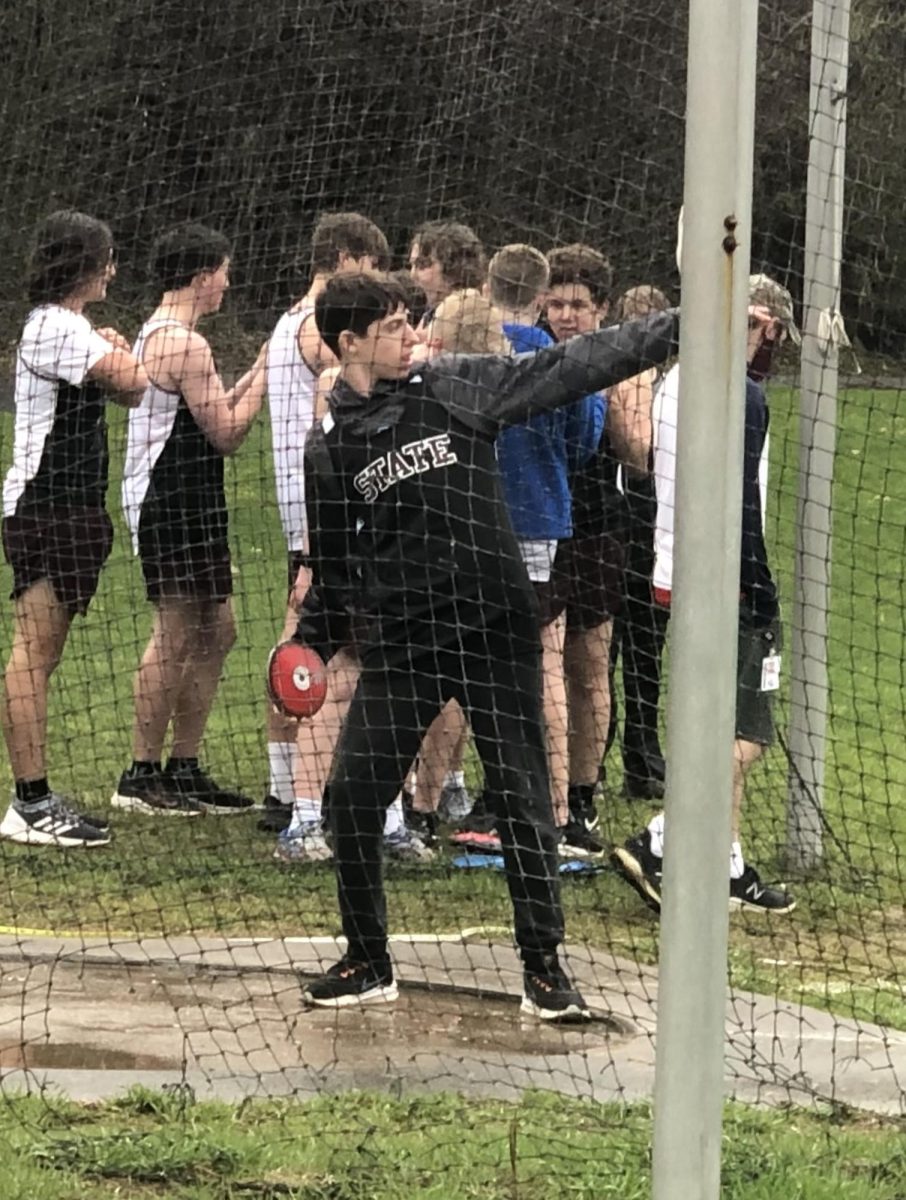Winter has almost arrived, and with it comes snow days. While snow days sound fun, they actually just give students added school days in the summer, in addition to other difficult situations. While SCASD currently gives students a day off from school on snow days, asynchronous learning would be more beneficial.
“If we have these remote days instead of snow days, it helps us to continue teaching and not have big gaps,” Human Geography teacher Alex Kimbro said.
When students and teachers miss school for a day, the entire agenda gets mixed up. Having remote schooling would help to resolve this issue.
Senior Anya Locke shared how she believes remote schooling favors students.
“I think that teachers would give less work and students would benefit from being able to manage their time at home and get their work done and then do what they want to do the rest of the day,” Locke said.
A remote day involves less time than a seven hour school day, but is still as efficient and leads to a less rushed return to school.
“When there would be a snow day, you would have relatively limited Google Classroom work, which means that you still get a day off just with relatively less work… which is pretty good,” sophomore Evan Zorn said.
Students enjoy having a day to work at home, go out and enjoy the snow, and then come back to school all caught up.
If students have a snow day, SCASD adds another day to the calendar. For example, if there are five snow days, then students have to attend school for five extra days in May and June. This means a week of summer, including pool time, vacations, and hanging out with friends, have become an extra week of classwork, lectures, and homework.
Sophomore Quinn Bahrmann disagreed with this system. “The summer is too short,” Bahrmann said.
Kimbro agreed. “[Asynchronous learning] means that we can get out of school at an appropriate time when it would be early June rather than having to be in school when it’s lovely weather, nice out, and people are often going on vacations,” he said. “Having remote days would just make it more enjoyable when we get to the nicer weather outside.”
Students and teachers both want asynchronous learning as a replacement for snow days because it would help the curriculum stay on track, lighten students’ workload, and keep those first few days of summer school free.








